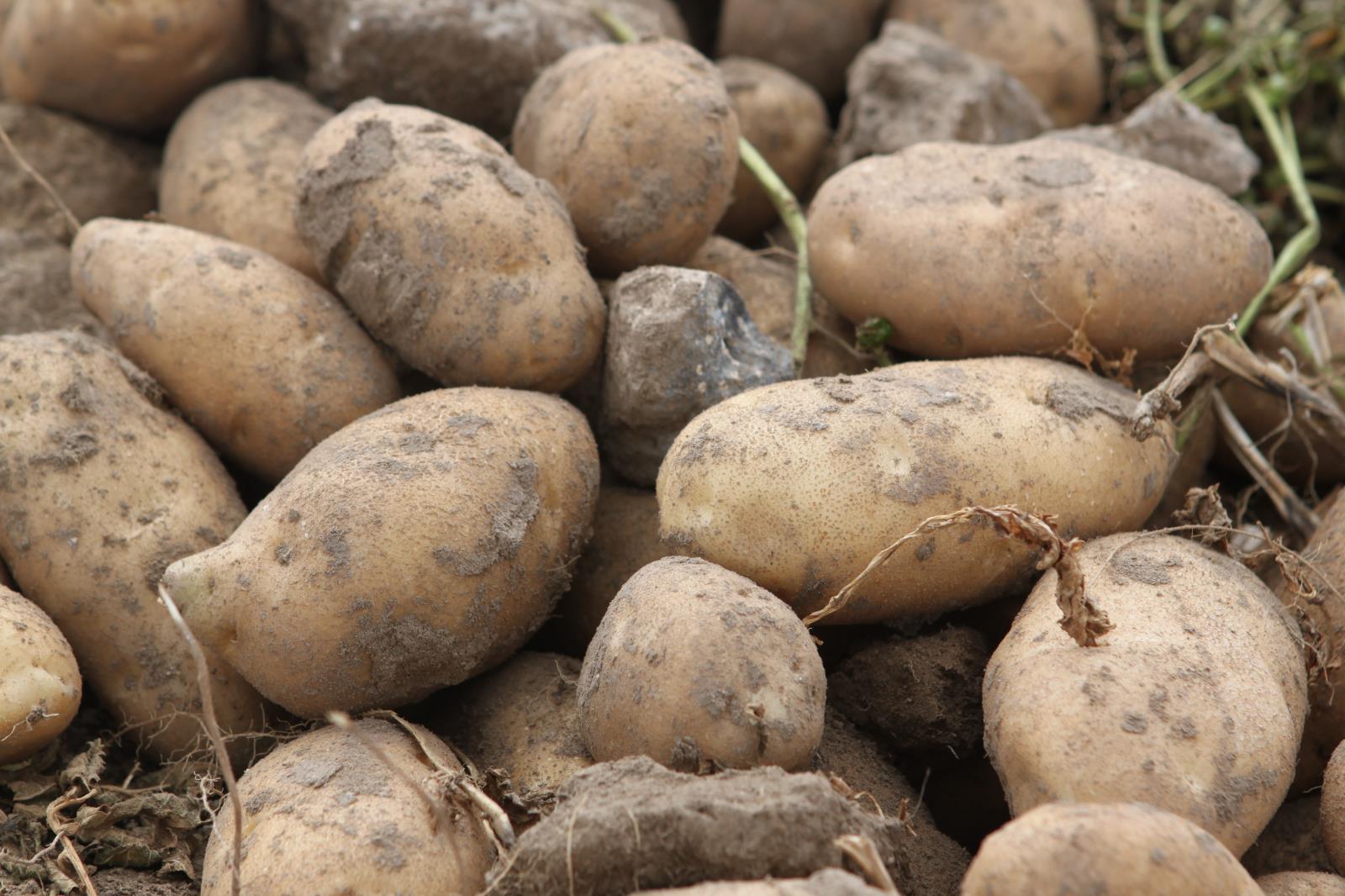Potato industry bouncing back from COVID challenges

By Sean Ellis
Idaho Farm Bureau Federation
POCATELLO – Idaho’s iconic potato industry suffered through a major scare due to the restrictions and shutdowns imposed because of the coronavirus pandemic.
But major efforts by the industry that were coordinated by the state and national groups that represent it have helped potato producers weather that storm. And one major silver lining of the challenge is that U.S. consumers have learned how important spuds are.
That was one of the main messages during the Idaho Potato Commission’s annual, “The Big Idaho Potato Harvest Meeting,” which was held virtually Nov. 12.
During the first few months of 2020, Idaho and U.S. potato farmers were receiving prices for their spuds that were well above normal, state and national potato industry leaders told people who participated in the Zoom meeting.
Then the COVID-19 restrictions and shutdowns hit and, boom, that good fortune came to a quick halt.
“The potato industry … was generally having a strong year and then March happened and the shutdown threatened the livelihood of farmers in Idaho and across the nation,” said Kam Quarles, CEO of the National Potato Council.
About 60 percent of the nation’s potato production goes to the foodservice industry and those channels were virtually eliminated almost overnight, causing a major backlog of spuds.
“The backlog of potatoes was so big it could fill the U.S. Capitol 14 times over,” Quarles said.
With 60 percent of potato growers’ market shut down, “The potato industry was facing severe harm,” said IPC President and CEO Frank Muir.
At the same time, retail sales of potatoes and potato products soared. That led the state and national potato industry to pivot from their normal programs and undertake a major effort to rapidly shift potatoes from foodservice channels to retail outlets, Muir said.
That resulted in a huge amount of potatoes being shifted to grocery stores and other retail outlets, where consumers were quickly scooping them up.
With so many people buying up large amounts of potatoes to cook at home, the IPC began a major effort to educate consumers on how to store and cook those spuds, Muir said.
An IPC social media campaign has helped educate consumers “how to make Idaho potatoes part of their everyday meals … all three meals,” Muir said. “We (also) reinforced to consumers the value and essential nature of potatoes to their family meals.”
One of the bright spots of the reaction to the pandemic is that “consumers have learned how to cook at home again,” he added. “We see that trend continuing.”
Demand has remained strong at the retail level and the foodservice industry is bouncing back quicker than people had anticipated, Muir said.
“We are seeing a recovery,” he said.
Fortunately, despite the coronavirus-related restrictions and other challenges posed by the pandemic, “demand (for potatoes) is still very strong,” said Potatoes USA President and CEO Blair Richardson.
He said there has been a 15 percent increase so far this year in retail sales of potatoes and spuds account for 22.4 percent of all vegetables sold at grocery stores this year, ranking them No. 1 in that category.
The pandemic forced more people to cook food in their own homes, Richardson said, and Potatoes USA has increased its social media efforts to “build a broad and dynamic conversation about potatoes….”
“This has been a turbulent year,” he added. “However, it has shown people how important our industry is to the country and the world.”
Early during the coronavirus shutdown, “toilet paper, hand sanitizer and potatoes were all out of stock,” Muir said. “When push comes to shove, potatoes are a (must-have) item that consumers have to have at home.”
State and national potato industry leaders, assisted by Idaho’s congressional delegation, also pushed for relief from USDA for potato farmers impacted by the COVID-related shutdowns, industry leaders said.
Those efforts helped result in potatoes being included in USDA’s bonus buy program of surplus commodities as well as in USDA’s food box program. In addition, more than $119 million has been provided so far to potato farmers through the federal Coronavirus Food Assistance Program.
Richardson said the clear steps the nation’s potato industry took during the COVID-19 crisis has put it on a path to recovery.
“Hopefully, the actions we took can be applied to (other) challenges in the future,” he added.
Still can't find what you are looking for? Find by topic:
- County Presidents & Board Information
- County Resource Page
- Delegate Form
- Discount Programs
- Discussion Meet
- Discussion Meet - High School
- Education Programs
- Events
- Excellence Award (YF&R)
- Expense Voucher
- Flickr
- Gem State Producer
- High School Discussion Meet
- High School Speech Contest
- Hope in Idaho Ag
- House of Delegates Credentials Form
- IFBF Board of Directors
- IFBF Staff
- Insurance
- Issue Advisory
- Legislative Action Program
- Legislative Issues
- Library
- MAC Trailer
- Magazines
- Map My Benefits
- Member Benefits
- Member Discount
- Membership Application
- Mental Health Resources
- Mission Statement
- Moving Agriculture to the Classroom
- Newsletter Sign up
- News Releases
- News Room
- Open Range Law
- Photo Contest
Thank You to Our Partners









